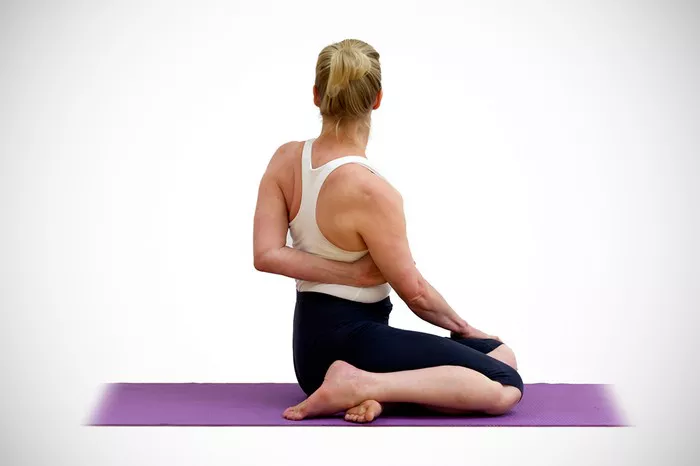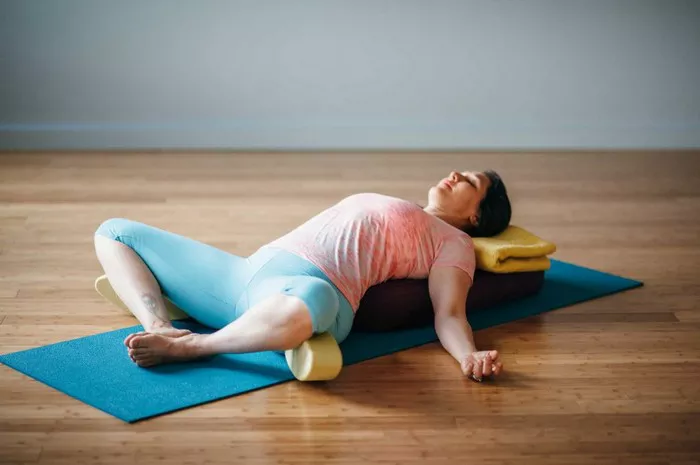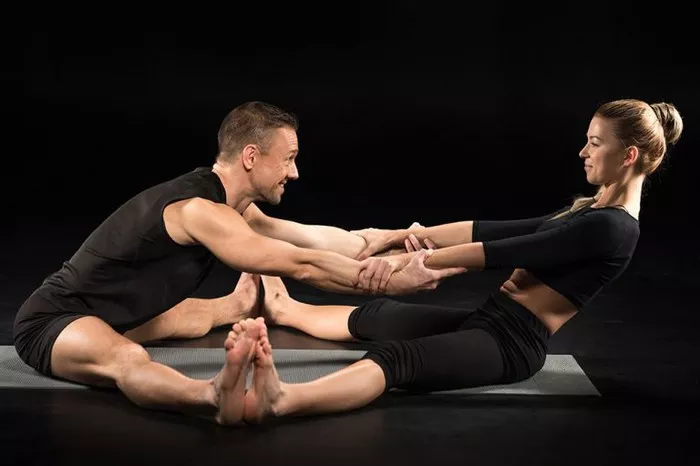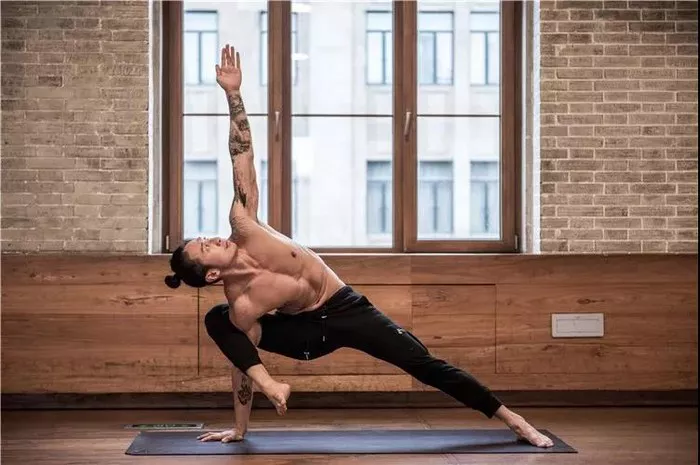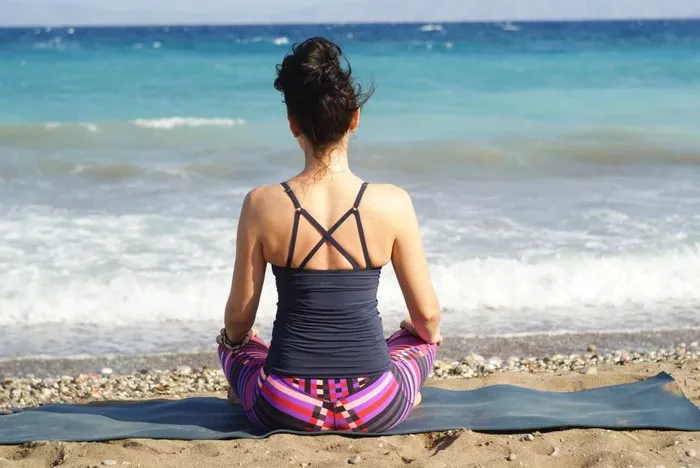Iyengar Yoga is a style of yoga developed by B.K.S. Iyengar, one of the most influential yoga teachers of the 20th century. Known for its precision and emphasis on alignment, Iyengar Yoga has become one of the most widely practiced forms of yoga globally. Whether you are a beginner or a seasoned practitioner, understanding the basics of Iyengar Yoga—particularly what Level 1 entails—can provide a strong foundation for developing a deeper yoga practice.
In this article, we will explore what Level 1 Iyengar Yoga is, the foundational principles of the practice, its benefits, and how it differs from other styles of yoga. By the end, you’ll gain a better understanding of why Level 1 Iyengar Yoga is an excellent choice for those new to yoga or those looking to refine their practice with precision.
The Foundations of Iyengar Yoga
Before delving into what Level 1 Iyengar Yoga specifically involves, it’s important to understand the foundational principles of Iyengar Yoga.
1. Precision and Alignment
One of the hallmarks of Iyengar Yoga is its focus on alignment. In Iyengar Yoga, the correct alignment of the body in each posture is paramount. By emphasizing proper alignment, practitioners ensure that they are practicing in a way that supports the body’s natural structure and avoids injury. This is often achieved through detailed instructions, hands-on adjustments by teachers, and the use of props like blocks, straps, blankets, and chairs to make poses more accessible and supportive.
2. Use of Props
The use of props is one of the distinguishing features of Iyengar Yoga. Props are incorporated into the practice to help students achieve better alignment, increase stability, and deepen their understanding of each pose. For instance, a strap might be used to extend the reach of the arms in a stretch, or a block might be placed under the hands in a standing pose to ensure that the body is positioned correctly. These props allow practitioners of all levels to experience the benefits of a pose, regardless of their flexibility or strength.
3. Sequencing and Timing
Iyengar Yoga classes are typically carefully sequenced to build on one another, starting with simple postures and gradually progressing to more complex asanas (yoga poses) as the practitioner’s skill and strength develop. There is also a focus on holding each pose for a longer period of time compared to other styles of yoga. This emphasis on holding poses allows practitioners to fully explore the physical alignment and energetic effects of each asana.
What is Level 1 Iyengar Yoga?
Level 1 Iyengar Yoga is designed for beginners or those who are new to the Iyengar method. The focus is on building a solid foundation of alignment and understanding the basic principles of the practice. While Iyengar Yoga in general tends to emphasize precision and alignment, Level 1 classes simplify and introduce these concepts in a way that is accessible to new practitioners.
1. Introduction to Fundamental Postures
Level 1 classes focus on the most fundamental poses in yoga, often referred to as the “core” asanas. These include standing poses, seated poses, and gentle backbends. The idea is to help students develop the flexibility, strength, and awareness needed to perform more advanced asanas as they progress.
Examples of postures typically taught in Level 1 include:
- Tadasana (Mountain Pose): A simple standing posture that helps develop a sense of alignment and grounding.
- Adho Mukha Svanasana (Downward-Facing Dog): A foundational pose for lengthening the spine, strengthening the arms, and stretching the legs.
- Virabhadrasana I & II (Warrior Poses I & II): Standing poses that build strength in the legs and open the hips.
- Trikonasana (Triangle Pose): A lateral stretch that opens the hips and chest while strengthening the legs.
- Paschimottanasana (Seated Forward Bend): A seated pose to stretch the back and hamstrings.
Throughout the practice, teachers emphasize the alignment of each part of the body, encouraging students to feel the subtleties of how each pose affects the body and mind. The use of props helps students achieve the correct alignment and make the practice more comfortable.
2. Building Strength and Flexibility
Level 1 Iyengar Yoga classes are an excellent way to build both physical strength and flexibility. Since the poses are performed with a focus on alignment and holding positions for an extended period, they allow practitioners to develop deep muscular engagement and flexibility without the rush of flowing from one posture to another. This is particularly beneficial for beginners who may be unfamiliar with how to engage certain muscles or properly stretch various parts of the body.
3. Focus on Breath Awareness
In Level 1, students are also introduced to pranayama (breathing techniques). Breath awareness is a central aspect of yoga practice, helping to calm the mind, increase focus, and promote relaxation. In Level 1 classes, teachers guide students on how to coordinate the breath with movement, which not only supports better alignment but also helps in cultivating a deeper sense of mindfulness during the practice.
Benefits of Level 1 Iyengar Yoga
Practicing Level 1 Iyengar Yoga offers a wide range of physical, mental, and emotional benefits. Here are some of the key advantages:
1. Improved Posture and Alignment
One of the main benefits of Level 1 Iyengar Yoga is the emphasis on alignment. Many people in today’s world suffer from poor posture due to long hours sitting at desks or engaging in repetitive movements. By learning the fundamentals of alignment, Level 1 students can start to correct imbalances in their posture, which can help alleviate tension and prevent injuries in everyday life.
2. Enhanced Strength and Flexibility
Level 1 Iyengar Yoga encourages gradual progress in strength and flexibility. As students practice basic poses and hold them for extended periods, they build strength in the muscles, improve joint mobility, and increase flexibility over time. This foundational practice sets the stage for more advanced postures as students gain more confidence and stability in their practice.
3. Stress Relief and Mental Clarity
Like all forms of yoga, Iyengar Yoga helps to reduce stress and anxiety through mindful movement, breath awareness, and concentration. The steady pace and focus on alignment help practitioners cultivate a calm, focused mind. Holding poses for an extended period can also encourage a deeper state of meditation, offering mental clarity and relaxation.
4. Injury Prevention and Rehabilitation
The slow, methodical nature of Iyengar Yoga makes it an excellent choice for those looking to recover from injury or prevent future issues. By paying close attention to alignment, practitioners learn how to protect their bodies in each pose and avoid unnecessary strain on the joints and muscles. Additionally, the use of props can help people with physical limitations or injuries modify poses to make them more accessible.
What to Expect in a Level 1 Iyengar Yoga Class
If you are considering attending a Level 1 Iyengar Yoga class, here’s a general idea of what you can expect:
1. Introduction to Poses
The class will likely begin with a few minutes of centering and pranayama (breathing exercises). After that, the instructor will guide you through a series of foundational postures. You’ll spend time in each pose, focusing on how to align the body properly. The teacher will give you detailed instructions on how to engage specific muscles, where to place your feet and hands, and how to hold your body for maximum benefit.
2. Use of Props
Props like blocks, straps, and blankets will likely be used throughout the class. These props allow you to perform the postures with proper alignment and ensure that you are not overstretching or straining your body. Your teacher will demonstrate how to use each prop and guide you on how to incorporate them into the practice.
3. Hands-On Adjustments
A defining feature of Iyengar Yoga is the use of hands-on adjustments. Your instructor may physically adjust your body to help you find better alignment. These adjustments are done with care and are meant to enhance your practice, not to force you into a deeper stretch. They are particularly helpful for beginners as they learn how to align the body correctly.
4. Focus on Breath and Concentration
Throughout the class, you’ll be encouraged to connect with your breath. The teacher will guide you to synchronize your breath with your movements, helping you stay present and focused. The aim is not only to stretch and strengthen the body but also to calm the mind and cultivate a sense of mindfulness.
Conclusion
Level 1 Iyengar Yoga is an excellent starting point for anyone new to yoga or looking to refine their understanding of yoga fundamentals. By focusing on alignment, using props for support, and taking the time to hold poses with attention to detail, students can build a solid foundation in yoga that they can carry with them into more advanced practices.
The benefits of Level 1 Iyengar Yoga extend far beyond physical health—they also improve mental clarity, reduce stress, and promote emotional well-being. Whether you are a beginner or someone looking to deepen your yoga practice, Iyengar Yoga provides a supportive and structured environment that encourages growth, balance, and harmony in the body and mind.
Related Topics:

